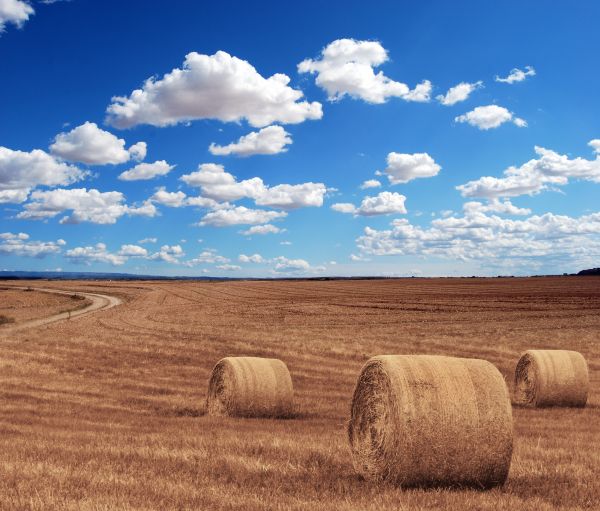
Russia to set up grain and fertiliser hubs in Africa and Latin America
By Rhod Mackenzie
Moscow plans to build transport and logistics centres, industrial parks and other infrastructure in Africa, Southeast Asia and Latin America. In this way, Russia will begin to redirect its non-resource, non-energy exports to new markets, Izvestiya learned. The government intends to extend the national "International Cooperation and Export" project until 2030.
The Cabinet of Ministers intends to extend the national project "International Cooperation and Export" until 2030, and the ministries are already working on proposals. This was stated in the government's answers to the report in the State Duma in April. Izvestiya has seen the documents. The government press service confirmed the information.
In the current version, the national project is relevant up to and including 2024; since 2018, its total funding has amounted to more than 950 billion roubles. The main goal is to increase the volume of trade with the EAEU by 1.5 times, as well as to increase the volume of mutual investments between the countries. The focus of the updated national project remains on non-resource and non-energy exports (NNE) - the supply of agricultural products (grain, vegetables, fruit and others) and industrial goods - chemicals, fertilisers, stone, cast iron and steel, non-ferrous and precious metals.
The budget for the programme has not yet been announced, but funding for the project will continue to come from the treasury. The authorities plan to increase non-resource, non-energy exports to $248.1 billion by 2030, of which $192.9 billion will be for industrial products and $55.2 billion for agricultural products. For comparison, the volume of NOE at the end of 2023 was $146.3 billion (-23% by 2022).
In the new version, the project aims to redirect non-resource, non-energy exports to friendly markets and provide access to new countries, according to the Ministry of Industry and Trade. Among the promising areas, the ministry mentioned the countries of Africa, South-East Asia and Latin America. The ministry also outlined the main tasks facing the authorities - the introduction of relevant tools to support exporters.
These include the creation of transport and logistics centres, industrial parks and other infrastructure in friendly countries, including new directions. Plus - the "rolling out" of priority international transport and logistics corridors (MTLC) - these are the Northern Sea Route and the North-South Corridor, as well as the MTLC towards Latin America and Africa.
The decision to focus on the markets of Africa, Southeast Asia and Latin America is logical and natural in the current situation," Maxim Chereshnev, a member of the General Council of the Russian Economy, Chairman of the Board of the Council for the Development of Foreign Trade and International Economic Relations, told Izvestia. These countries have a large domestic market; cooperation with them can bring significant benefits to Russian business.
Traditionally, the main exports to the states of these regions are wheat, petroleum products, chemical products, fertilisers, machinery and equipment, the expert noted.
" Russia has great export potential, the presence of its own logistics centres in the main ports will significantly simplify logistics, increase trade margins and also speed up transactions," he is convinced. - By creating such centres we will get added value for our goods. For example, the profitability of a ship loaded with agricultural products can be half that of selling products from a warehouse in the same port.
The development of logistics is a strategic direction of cooperation with foreign partners, Izvestia noted at the Russian Export Centre. The success of the projects depends directly on the support provided by transport, they are sure.
- Our overall goal is to export more high-quality products, i.e. finished goods, abroad. There are many manufacturers in Russia with high-quality, competitive products that can be successfully sold abroad, the REC said. - Our agricultural exports in the form of grain and oil are already present in almost all friendly countries (except Indonesia and Brazil), we are working to reach the end consumer with high-quality food products.
The authorities' actions are fully justified, "we will redirect all logistics from the west to the east and south," Georgiy Ostapkovich, director of the Centre for Market Research at the National Research University Higher School of Economics, told Izvestia. However, it is quite difficult to estimate at a given moment what investments will be needed in infrastructure development in the regions identified by the Ministry of Industry and Trade. It depends on the volume of exports in certain directions and the exact range of goods, the expert added. This is the subject of negotiations between countries, he concluded.
